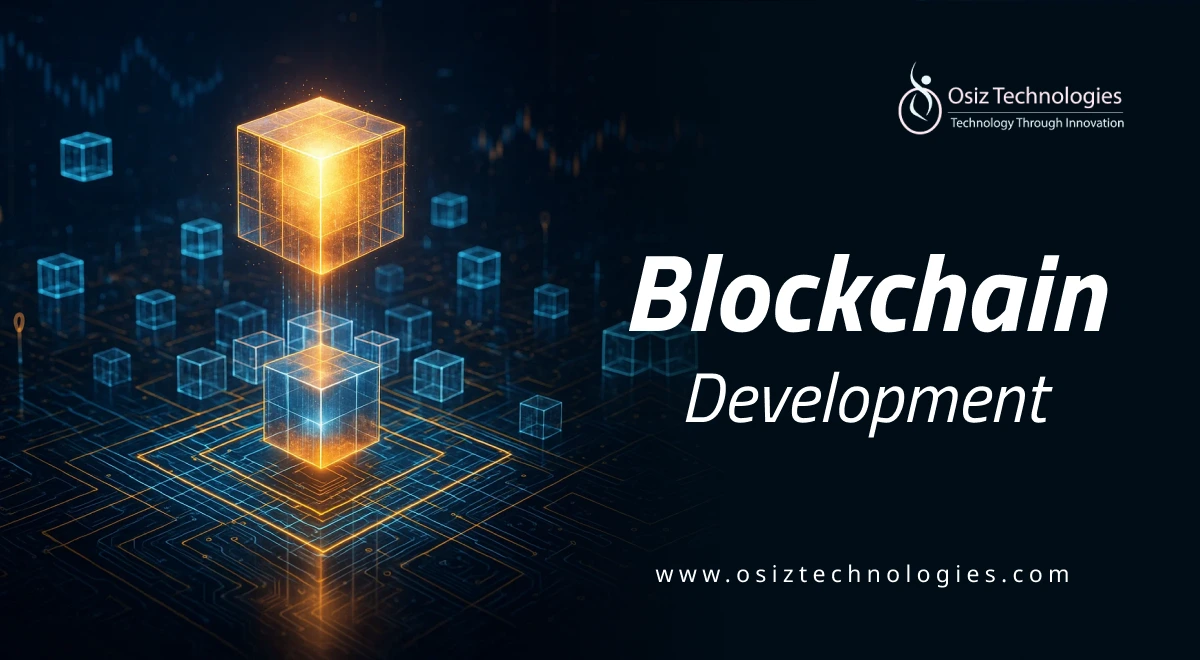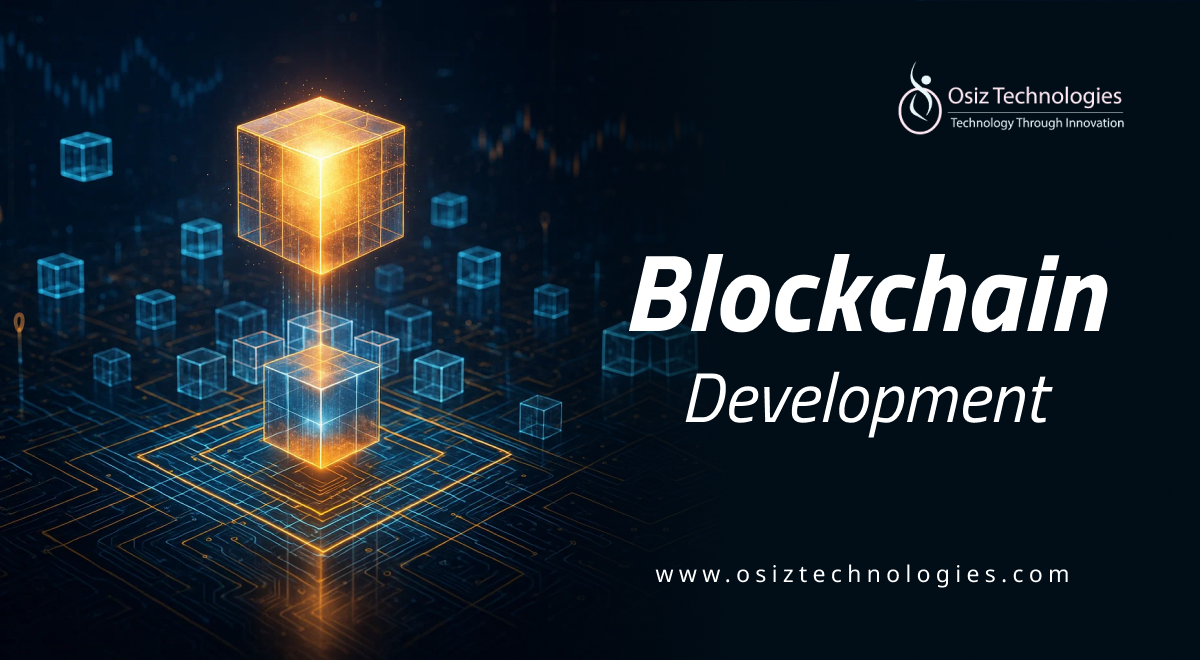As more people start using cryptocurrencies, more folks are now trading and signing up on crypto exchanges than before. This makes it super important for both decentralized and centralized systems to expand. Being scalable means the system can take on more demand without its quality dropping. It helps keep speed, trust, and safety strong in live trading spots.
What Is Scalability in Crypto Exchanges?
Cryptocurrency exchange size-up means how well the site can deal with more users, deals, and info while still giving good speed, work, and safety. When more people want to use it—mainly when the market is very busy—a big enough exchange can offer low delays, fast trade starts, and steady help. This involves optimizing the infrastructure, improving the backend systems, and in certain instances, incorporating advanced technologies like Layer 2 solutions or microservices architecture to support the reality that the platform can scale eminently without disrupting trading processes.
Why Scalability Is Important in Your Crypto Exchange
Handles High Trading Volume Efficiently
A scalable exchange handles thousands of transactions per second to support hassle-free trading during periods of market spikes or increased volatility. This prevents delays, failed orders, or even system crashes.
Ensures Low Latency and Rapid Execution
Speed is of the essence in crypto trading. Scalability ensures low-latency environments wherein orders are matched and executed in real-time—a feature essential for institutional investors and day traders.
Enables Growing User Base
As your website expands to have a larger number of users, a scaleable architecture can support their activity without degradation in performance. This is for login traffic, trades, deposits, withdrawals, and support requests.
Maintains Platform Stable
A scaleable system remains stable under load, eliminating outages and maintaining uptime, which is key to user trust and regulations.
Enables Global Expansion
With a big backend, your exchange can take in users from many places, using many types of money, languages, and rules without slowing down.
Facilitates Rapid Feature Deployment
Makes It Fast to Add New Things Big systems let you put in new stuff like margin trade, staking, or NFTs without having to remake the whole site.
Improves Security and Resilience
Makes It Safer and Stronger Being big also means you have parts spread out that can stand up to attacks better and you can keep bad things from spreading easily.
Reduces Operational Costs Over Time
Cuts Down Costs Over Time Using cloud stuff and small services that can grow means you can add what you need when you need it, saving you money from too much set up and cutting costs as you get bigger.
Increases Competitive Advantage
Boosts Your Edge Over Others A big exchange can move faster with market changes, what users want, and new tech, putting you in front of slower, fixed-size rivals.
Builds Long-Term Business Sustainability
Builds Long-Lasting Strength In the end, being big sets your exchange up for long success. Whether it comes from more users, new tech, or new rules, a big setup lets your platform change and do well in the long run.
Key Scalability Solutions
Layer 2 Protocols:
Use cases of Optimistic Rollups and zk-Rollups for moving transactions off the main blockchain and reducing congestion.
Sharding:
Splitting data or load into multiple shards to enable parallel processing and improve system efficiency.
Sidechains and State Channels:
Off-chain transaction processing to reduce load on the main network and increase speed and cost-effectiveness.
Microservices Architecture:
Breaking down the exchange into smaller, independent services to improve scalability, flexibility, and fault isolation.
Cloud-Native Infrastructure:
Leveraging auto-scaling servers, containerization (e.g., Docker, Kubernetes), and load balancers to scale dynamically.
High-Performance Matching Engine:
Designing the core engine to handle large numbers of orders per second with minimal latency.
Efficient Caching & Database Optimization:
Leveraging in-memory caching technology (e.g., Redis, indexing) to provide faster access to data and reduce the load from the database.
High-Throughput Blockchain Option:
Choosing or integrating with blockchains such as Solana, Avalanche, or Polygon in an effort to process transactions at a higher rate.
Queue Management Systems:
Having strong queuing systems to keep up with high-frequency order requests with no loss or delay.
Hybrid On-Chain/Off-Chain Architecture:
Balancing on-chain security with off-chain performance in order to optimize speed as well as trust.
Real-Time Scalability Problems of Crypto Exchanges
Real-time scalability issues of crypto exchanges occur when the exchange is unable to cope with performance under sudden or sustained high-demand scenarios. Delay in order execution is one of the most common problems, where orders are delayed or executed out of sequence since the matching engine is saturated. This can lead to severe money loss by the users, especially the high-frequency traders. One more problem is API slowing or timing out. This happens when too many asks from users, bots, or other apps crowd the system, making it slow or break. Exchanges also have times when the UI stops or the dash goes down in busy times. This stops users from making orders or keeping up with live markets.
Security Considerations When Scaling a Crypto Exchange
As a crypto exchange expands to fit more users, trades, and integrations, a strong security posture is that much more crucial. Maybe the biggest question is how to support security controls to scale with the infrastructure—protecting against threats like DDoS attacks, intrusions, API abuse, and smart contract vulnerabilities. With horizontal scaling among cloud services or servers, secure communication among the microservices and data consistency must be implemented by means of encryption, authentication tokens, and firewalls. With growing user bases, KYC/AML systems must be safe and compliant from data breaches with strong encryption in transit and at rest, as well as access controls. Just as more blockchain integrations mean that wallet security is complex—requiring multi-signature setups, cold storage, and real-time on-chain activity monitoring.
Final thought
Being big is not just a tech step up—it's a key plan for any crypto market that wants to last, go worldwide, and build user trust. With more and more trades and what users expect, a safe, big, and right platform is what you need to win. By putting money in top-new tools, quick fixes, and long-term tech, markets can not just keep up in busy times but also give smooth help that builds trust and stays true. Having a good and known crypto exchange development company like Osiz can also make sure that your place is made for great work, safety, and long life—ready to lead the next wave of web money.
Listen To The Article
Recent Blogs

Black Friday 30%
Offer











